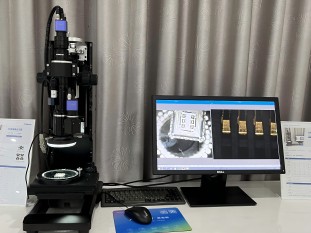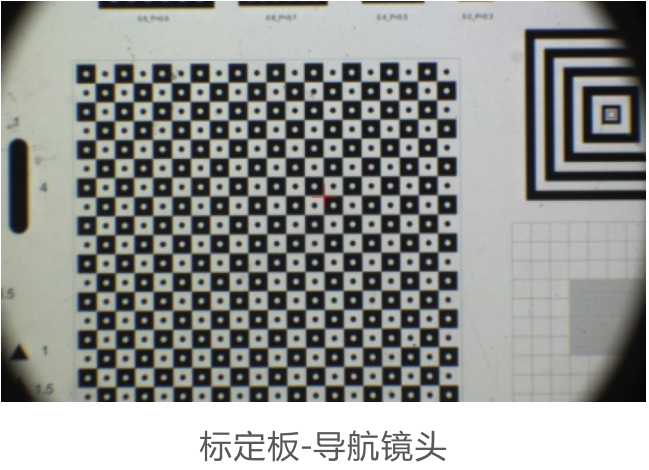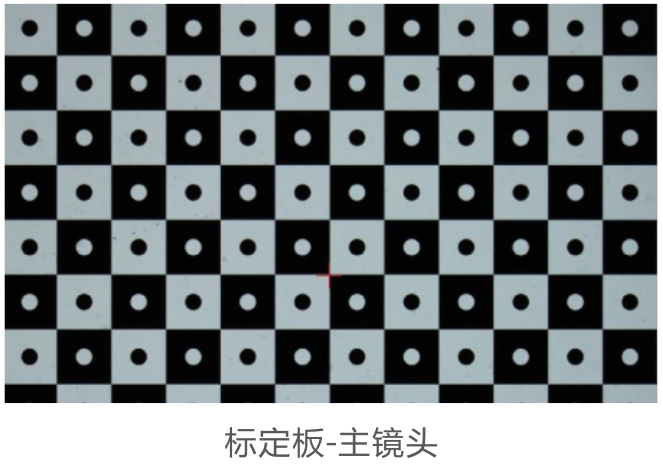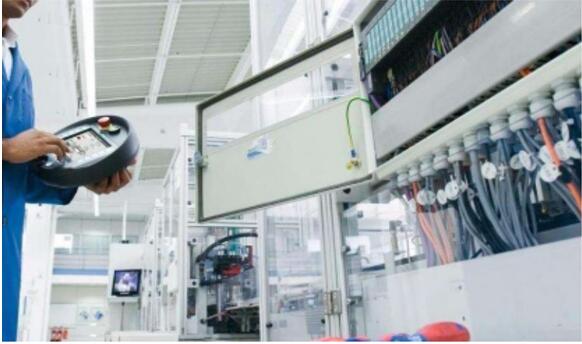In today's era of rapid technological development, the field of optical lenses continues to innovate and make breakthroughs, zoom navigation lenses as one of the best, with its unique design and excellent performance stand out, for many industries to provide a new solution to the observation needs.


One of the most striking features of the zoom navigation lens is its two camera ports. This design is ingenious, as it allows the lens to synchronize the global view and the detailed view, as if opening two doors to different observation dimensions for the user. In real-world application scenarios, this dual-field of view synchronization shows unparalleled convenience and efficiency.
Electronic circuit board detection, for example, the circuit board is covered with dense lines, components and tiny solder joints. In the traditional detection method, often need to use low-magnification lens on the entire circuit board for a comprehensive scan to determine the general area, and then switched to high-magnification lens on a specific part of the detailed view, this process is not only cumbersome, but also easy to switch to the process of error and lead to the omission or misjudgment. However, the zoom navigation lens has completely changed the situation. Through the global field of view, the inspector can in a flash the entire circuit board of the whole picture at a glance, and quickly lock the general area of possible problems. Immediately thereafter, with the synchronized display of the details of the field of view, without the need to carry out complex lens switching operations, you can directly into the region of the subtleties of the line connection, the welding quality of the components and whether there is a small short circuit or circuit breakage hidden danger. This seamless observation method from macro to micro greatly improves the speed and accuracy of the inspection, and effectively avoids the quality risks brought about by human errors.
In the field of cultural relics restoration, the zoom navigation lens also plays an irreplaceable role. Cultural relics often have a very high historical value and artistic value, its surface texture, pattern and subtle damage need to repair personnel to carry out extremely detailed observation and analysis. The global vision of the zoom navigation lens allows restorers to have a comprehensive grasp of the overall shape and layout of the artifacts and understand the interrelationship between its various parts. And the details of the field of vision is like a microscopic magnifying glass, the surface of the artifacts after years of erosion and the production of subtle cracks, fading areas and the subtleties of the carving is clearly shown. Restoration personnel can be based on these precise observations, to develop a more scientific and reasonable restoration program, to ensure that cultural relics in the restoration process can maximize the preservation of its original appearance and historical information.
In addition, in biomedical research, the observation and analysis of cellular tissue is also inseparable from the zoom navigation lens. Researchers can quickly locate a specific cell community or tissue section area through the global field of view, and then use the detailed field of view to explore the morphology and structure of cells, the distribution of internal organelles and the interaction between cells. This efficient observation helps accelerate the process of biomedical research, providing more accurate and detailed data for disease diagnosis, treatment and drug development.
Case Show:




Product recommendation
TECHNICAL SOLUTION
MORE+You may also be interested in the following information
FREE CONSULTING SERVICE
Let’s help you to find the right solution for your project!


 ASK POMEAS
ASK POMEAS  PRICE INQUIRY
PRICE INQUIRY  REQUEST DEMO/TEST
REQUEST DEMO/TEST  FREE TRIAL UNIT
FREE TRIAL UNIT  ACCURATE SELECTION
ACCURATE SELECTION  ADDRESS
ADDRESS Tel:+ 86-0769-2266 0867
Tel:+ 86-0769-2266 0867 Fax:+ 86-0769-2266 0867
Fax:+ 86-0769-2266 0867 E-mail:marketing@pomeas.com
E-mail:marketing@pomeas.com
